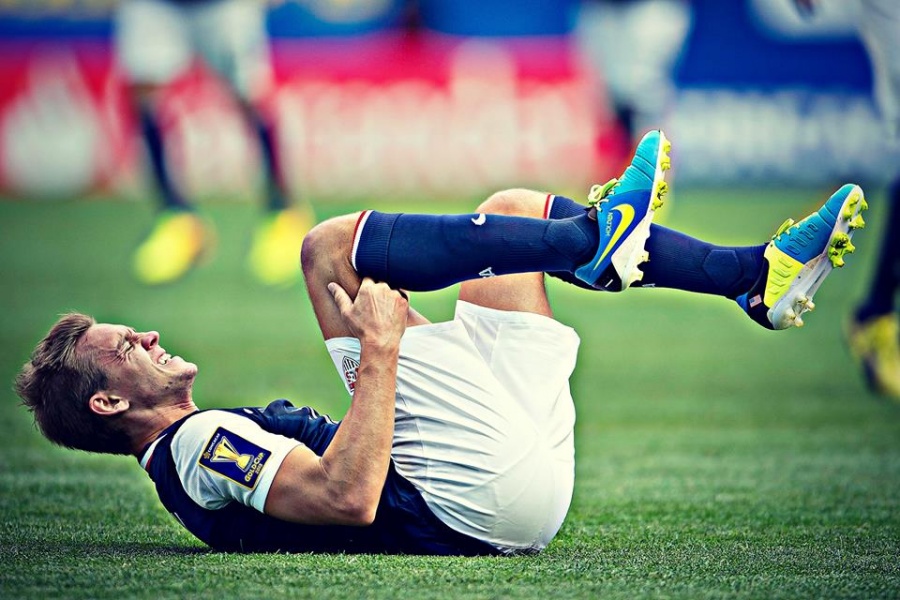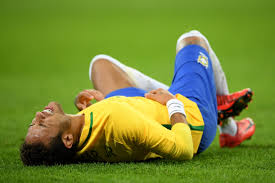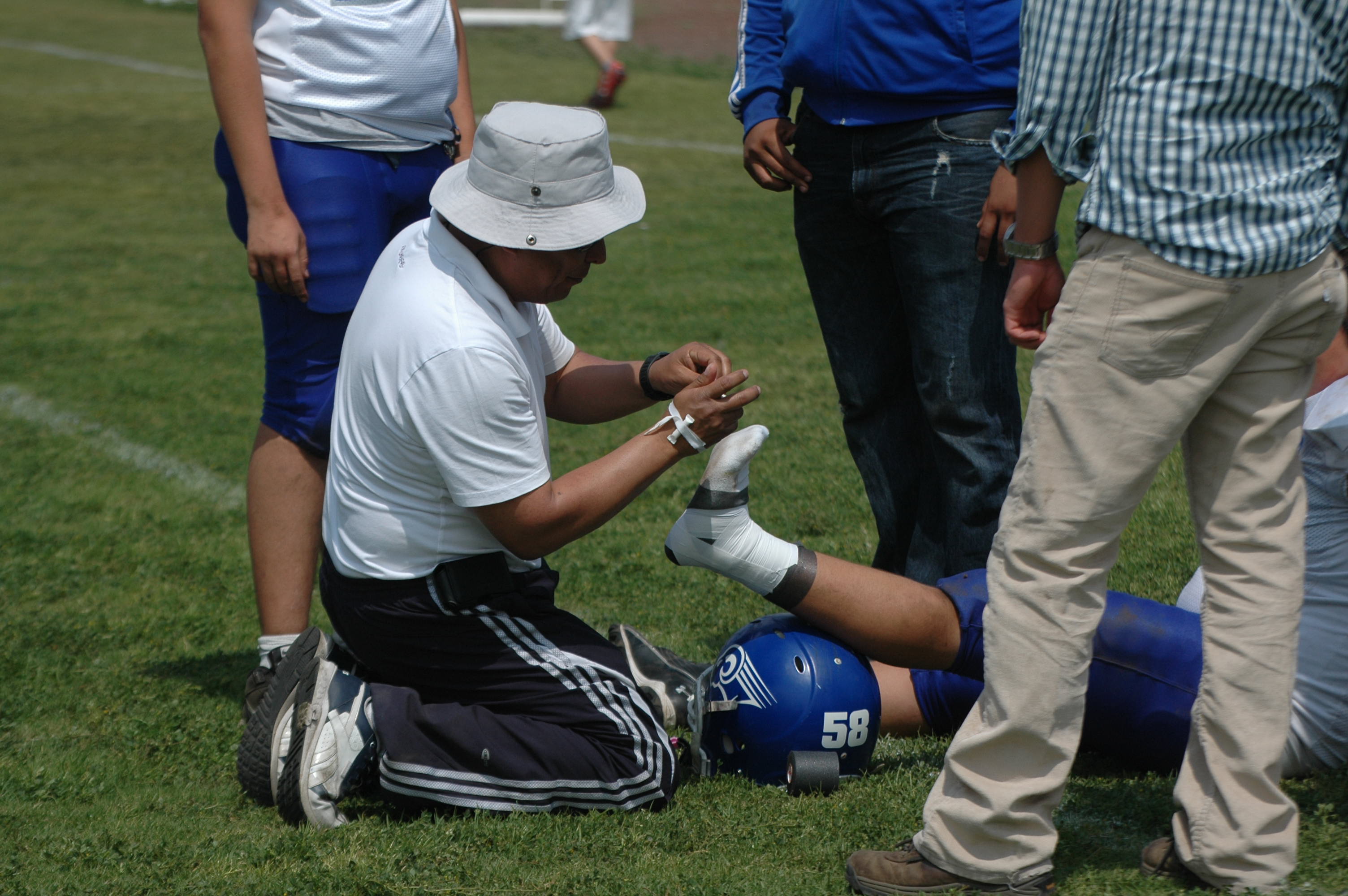Sports Injuries
Sports injuries occur during exercise or while participating in a sport. Children are particularly at risk for these types of injuries, but adults can get them, too.
Types of Sports Injuries
 Different sports injuries produce different symptoms and complications. The most common types of sports injuries include:
Different sports injuries produce different symptoms and complications. The most common types of sports injuries include:
- Sprains: Overstretching or tearing the ligaments results in a sprain. Ligaments are pieces of tissue that connect two bones to one another in a joint.
- Strains: Overstretching or tearing muscles or tendons results in a sprain. Tendons are thick, fibrous cords of tissue that connect bone to muscle. Strains are commonly mistaken for sprains. Here’s how tell them apart.
- Knee Injuries: Any injury that interferes with how the knee joint moves could be a sports injury. It could range from an overstretch to a tear in the muscles or tissues in the knee.
- Swollen Muscles: Swelling is a natural reaction to an injury. Swollen muscles may also be painful and weak.
- Achilles Tendon Rupture: The Achilles tendon is a thin, powerful tendon at the back of your ankle. During sports, this tendon can break or rupture. When it does, you may experience sudden, severe pain and difficulty walking.
- Fractures: Bone fractures are also known as broken bones.
- Dislocations: Sports injuries may dislocate a bone in your body. When that happens, a bone is forced out of its socket. This can be painful and lead to swelling and weakness.
- Rotator Cuff Injury: Four pieces of muscle work together to form the rotator cuff. The rotator cuff keeps your shoulder moving in all directions. A tear in any of these muscles can weaken the rotator cuff.
 Sports injuries treatment
Sports injuries treatment
The RICE method is a common treatment regimen for sports injuries. It stands for:
- Rest
- Ice
- Compression
- Elevation
This treatment method is helpful for mild sports injuries. For best results, follow the RICE method within the first 24 to 36 hours after the injury. It can help reduce swelling and prevent additional pain and bruising in the early days after a sports injury. Here’s how to follow RICE, plus a recovery timeline.
Both over-the-counter and prescription medications are available to treat sports injuries. Most of them provide relief from pain and swelling.
If your sports injury looks or feels severe, make an appointment to see your doctor. Seek emergency care if the injured joint shows signs of:
- Severe swelling and pain
- Visible lumps, bumps, or other deformities
- Popping or crunching sounds when you use the joint
- Weakness or inability to put weight on the joint
- Instability
Also seek emergency attention if you experience any of the following after an injury:
- Difficulty breathing
- Dizziness
- Fever
Serious sports injuries can require surgery and physical therapy. If the injury doesn’t heal within two weeks, contact your doctor for an appointment.
You know you are in safe hands!
At Dobson Sports, we provide exclusive, high-level services that aim at the treatment and management of your chronic pain conditions in a scientific and holistic manner. Our team, headed by Dr. Dobson Dominic, provides personalized care for your strength and abilities, ensuring your successful rehabilitation.
 Treatment Services We Offer:
Treatment Services We Offer:
- Exercise Therapy- CEP (Corrective Exercise Program)
- Kinesiotaping/Rigid Taping
- Myofascial Trigger Point Release
- Gait /Bio-Mechanics Interventions
- Orthotics/Braces
Choose Dobson Sports - Get back on your regular activities soon.
